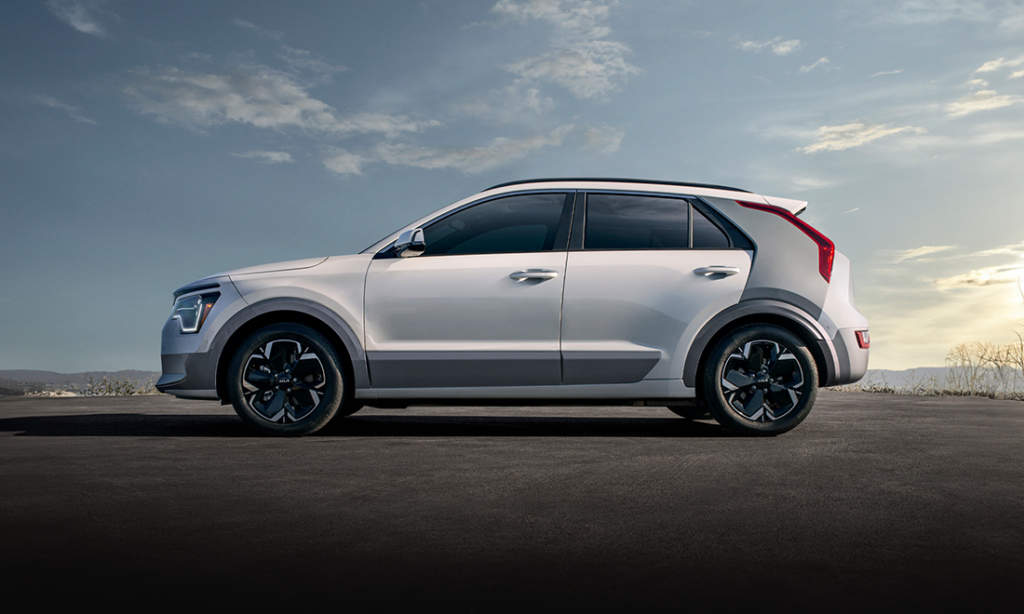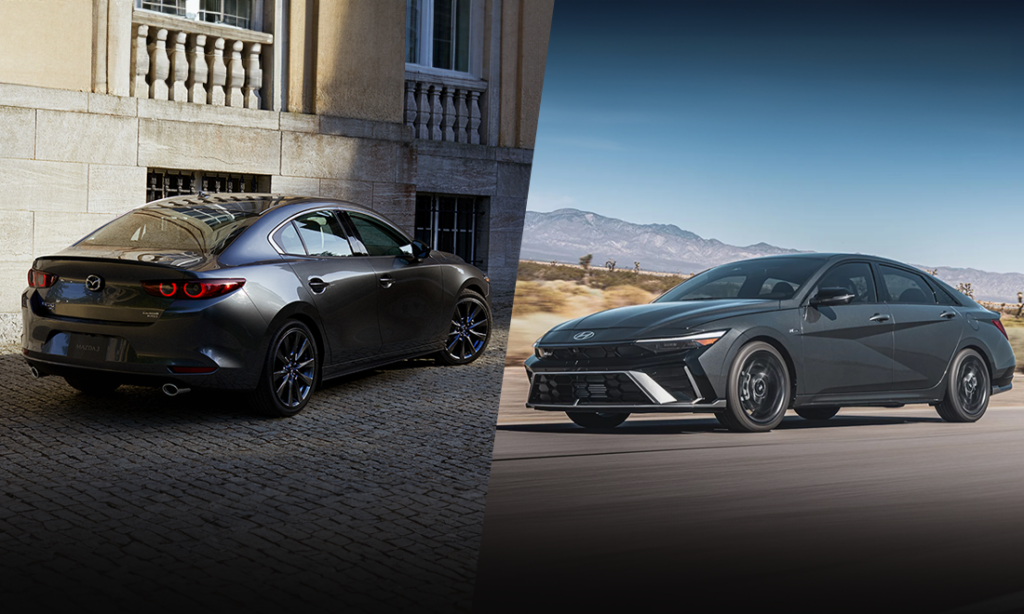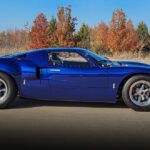Shelby Daytona vs Ferrari 250 GTO
How two legendary racecars, the Shelby Daytona and the Ferrari 250 GTO, went on to become the most coveted collector’s cars of all time.
Rarified Air
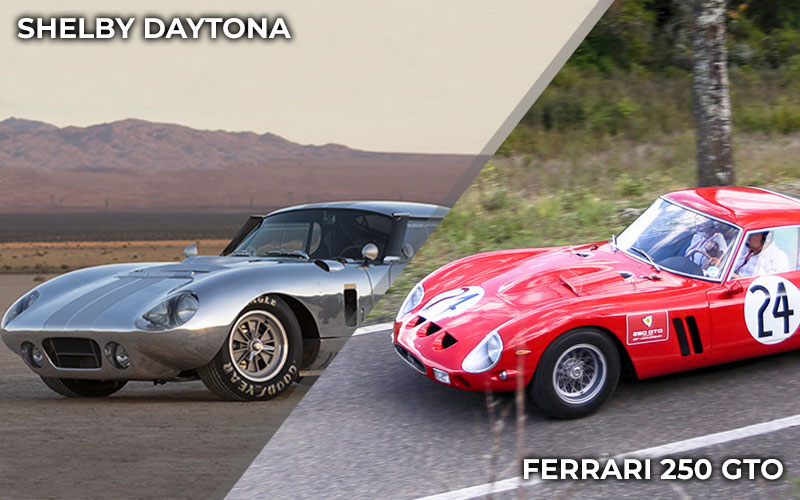
The middle 1960s was a heady time in professional racing. The crucible of competition produced some of the most legendary cars from some of the most legendary names in all of automotive sport. Racing technology was evolving fast as engineers discovered the potency of aerodynamics. Two cars, the Ferrari 250 GTO and the Shelby Daytona, broke new ground in racing design, smashed records and won championships, and cemented the legacies of their namesakes. They also went on to become the most desirable, and expensive, collector’s cars of all time.
Ferrari 250 GTO
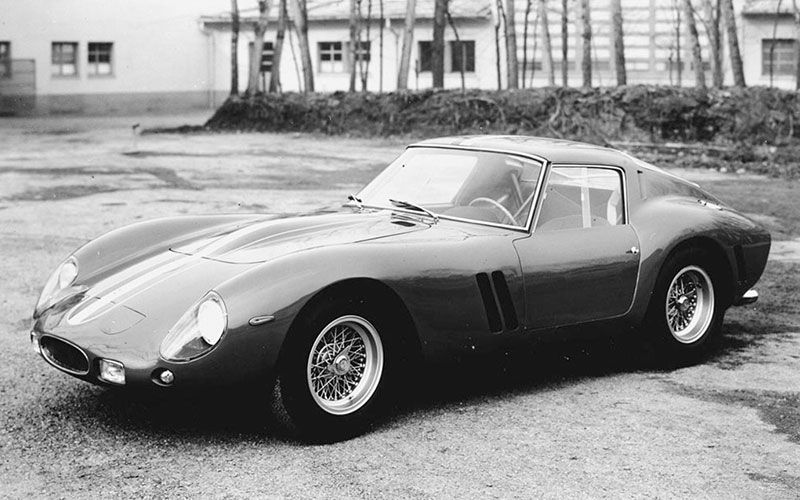
The Ferrari 250 GTO was to be the culminating evolution of the Ferrari 250 racecar. The Ferrari 250 was already ahead of the game in terms of aerodynamic design. A 1961 test run at the 24 Hours of Le Mans had the car running as well as 8th place. An engine failure forced the prototype to retire, but engineers eagerly integrated the data they garnered to further refine the car.
Late in 1961, chief engineer and project lead Giotto Bizzarrini, along with a significant cohort of higher-ups left Ferrari. This left a young Mauro Forghieri to see the 250 GTO to completion. He did so, with the Ferrari 250 GTO making its debut at the 12 Hours of Sebring in 1962. Driven by American Phil Hill and Frenchmen Olivier Gendebien, the new 250 GTO finished in 2nd place, just behind the Ferrari 250 Testa Rossa.
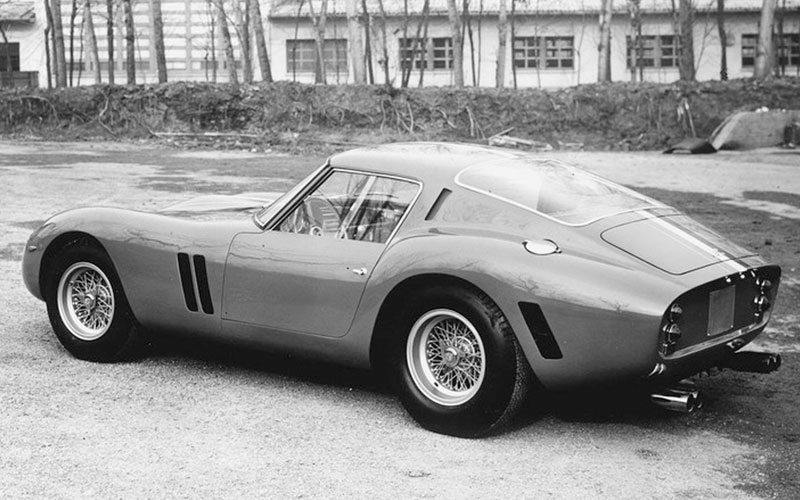
This was just the beginning for the new Ferrari. The 250 GTO would go on to win the GT Manufacturer’s Championship in 1962, ’63,’ and ’64 along with wins at the Tour De France Automobile in ’63 and ’64. But, by 1965, Ferrari had moved on with their 250 design and the car was retired with the advent of the (then) new Ferrari 250 LM.
Just 36 Ferrari 250 GTOs were ever built.
Shelby Daytona
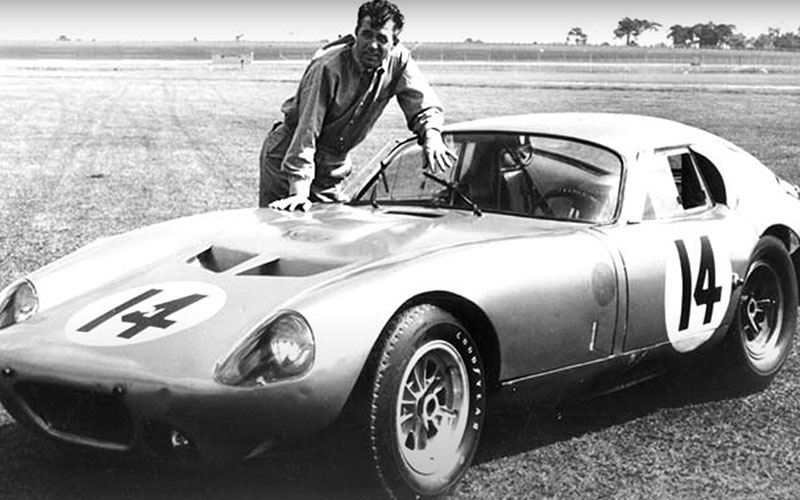
The success of the Ferrari 250 GTO did not go unnoticed by one Carrol Shelby. His Cobras had been winning on the American racing circuit, but the Texan had his eyes set on the longer distance races of the European circuit.
For those he would need a car with a higher top speed to handle the long straights of those European tracks, such as the legendary Mulsanne Straight at Le Mans. The top speed of Shelby’s Cobras was limited by their open cockpit design to 157 mph. The Ferrari 250 GTO, meanwhile, was able to achieve a significantly higher top speed of 174 mph.
Pete Brock, one of Shelby’s designers, thought he’d found a solution in a new homologation rules carve-out Ferrari had gotten, known as Appendix J. The ruling allowed teams to sidestep homologation rules that required new road-going versions of a car to be produced prior to entry. Appendix J allowed manufacturers virtually unlimited body alterations so long as the rest of the car stayed the same. This meant Shelby and his team could take the Cobra, improve its aerodynamics, and enter it while avoiding the prohibitive costs of making matching road cars.
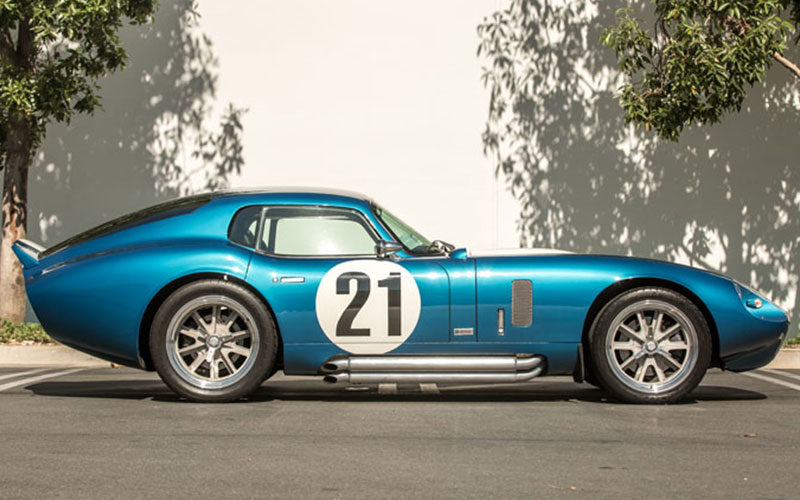
Brock went to work reimagining the Cobra with the help of driver Ken Miles and coachbuilder John Olsen. Part of Brock’s inspiration came from pre-war German designs which he’d discovered in GM’s library while he’d worked at the company. The new was a radical departure from the Cobra with its closed cabin, low hood, and ducktail spoiler. Shelby brought in an aerodynamics consultant to look over Brock’s shoulder. He suggested a longer tail, or the car wouldn’t perform as intended. Brock, however, stuck with his initial design.
His design proved highly effective. Ken Miles broke Riverside Raceway’s lap record in testing. At Daytona in 1964, the car’s first race, the new car clocked another lap record and was poised to win when a pit fire forced the car out of the race. Such was the initial success that the new Cobra was dubbed the Daytona following the race.
The next race, at the 12 Hours of Sebring would see the Daytona setting another lap record and this time took the win in the GT class and 4th overall. The Daytona would go on to many more wins in the following few year, including a GT class win at the ’64 24 Hours of Le Mans as well as multiple wins in 1965 at the Nürburgring, Monza, and Reims and culminated with a 1st through 4th finish at that year’s Sebring.
Just six Shelby Daytonas were ever built.
The Pinnacle of Collector’s Cars
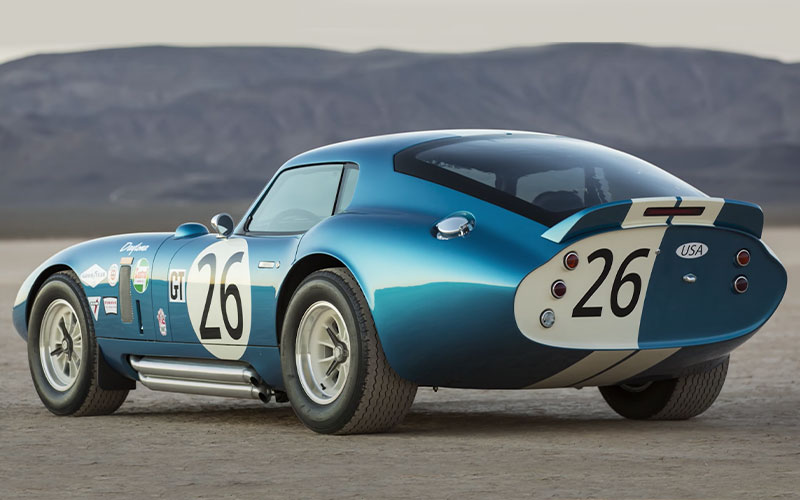
Today, the Ferrari 250 GTO and the Shelby Daytona, thanks to their rarity, beauty, and racing pedigrees have become some of the most highly sought-after collector’s cars in the world. With just six Daytona’s ever made, they’re valued in the millions of dollars. Each chassis number now not only has its racing history but its owner history that includes the likes of Phil Spector and S. Robson Walton (of Walmart). All six Daytonas still exist today.
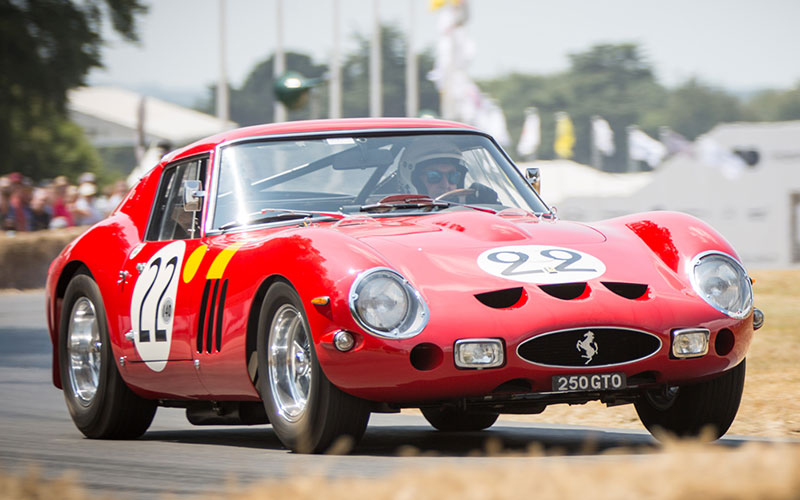
Though the Ferrari 250 GTO is less rare than the Daytona, with 36 total constructed, it’s by far the more valuable today. In recent years examples have gone at auction and private sales in the tens of millions of dollars. Chassis number 3387GT went for $44 million in 2017 while chassis 4153GT sold for a mind warping sum of $70 million in 2018, making it the most expensive car in the world. All 36 Ferrari 250 GTO still exist, mostly in private (and very expensive) collections.


